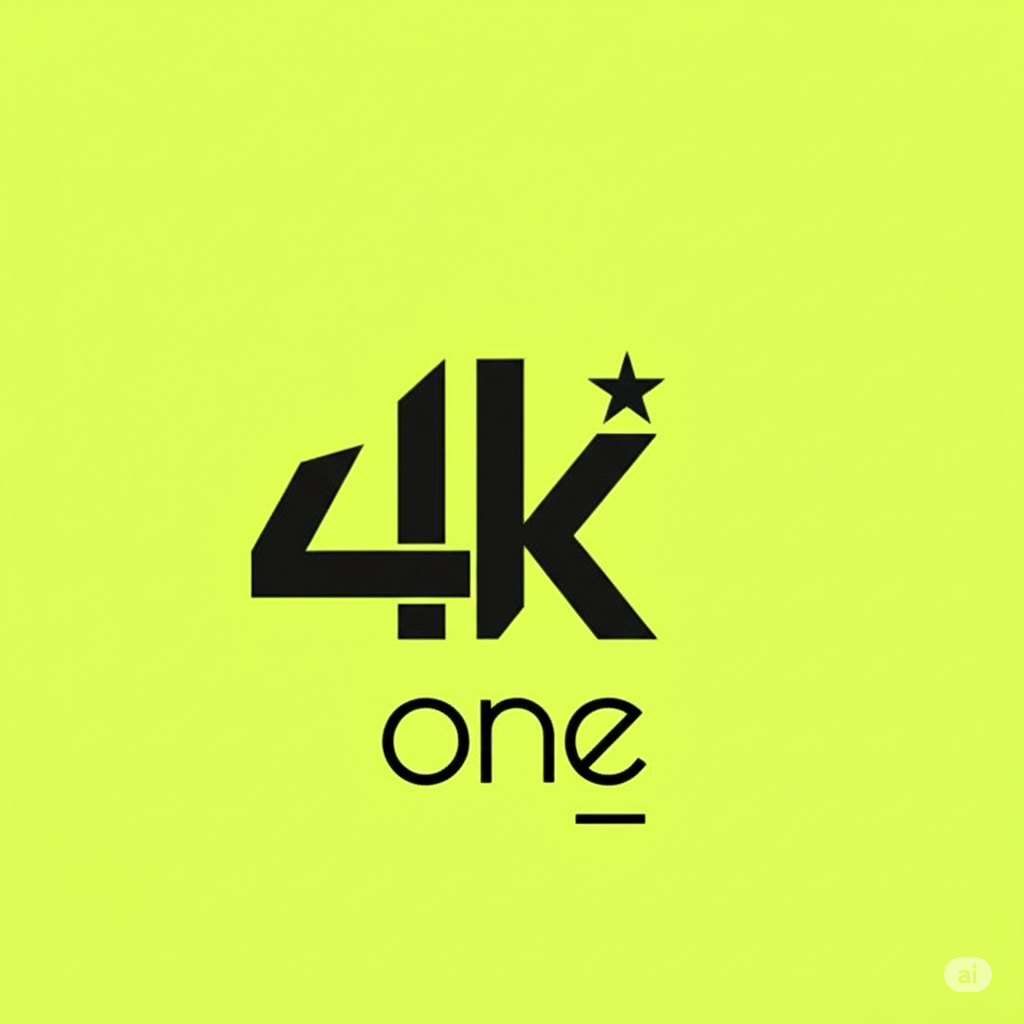A particle generator is a tool or software used to create and simulate particles, which are small elements that can be used in various applications such as visual effects, animations, and simulations. Here are some examples and details about different particle generators:
-
Foundry Modo Particle Generator: This tool allows users to generate arrays of particles that can be used as a point source for replicators. It offers options to control the count, length, scale, and rotation of particles along different axes. For radial and linear arrays, it provides settings to adjust the count, radius, angle, and offset.
-
Tuneform – Bold Your Music: This is a particle system creator tool that might be used for creating visual effects related to music, though specific details about its particle generation capabilities are not provided.
-
particles.js: This is a lightweight JavaScript library for creating particles. It can be used to create particle effects on websites, and it supports various themes and configurations.
-
Particle Illusion: This is a powerful 3D particle generator that allows users to create photorealistic particle effects for motion graphics and visual effects. It includes features like Fluid Dynamics, Forces, Deflectors, and 3D model support.
-
Colored Dust Particle Command Generator for Minecraft: This tool generates commands for creating colored dust particles in Minecraft. It requires specific arguments for color and size, and it provides examples for different colors.
-
tsParticles: This is a library for creating highly customizable particles, confetti, and fireworks animations. It offers components for various web frameworks like React, Vue.js, and Angular.
-
Tracer Particle Generator System TPG-M1: This system generates submicron tracer particles for visualizing airflow patterns in cleanrooms and controlled environments. It produces long-lasting, neutrally buoyant particles.
-
Building Your Own 3D Particle Generator: This tutorial explains how to create a 3D particle generator using expressions in After Effects. It covers initial velocity, gravity, wind, and drag, allowing for the simulation of various particle effects.
-
Particle Command Generator for Minecraft: This tool helps generate commands for creating various types of particles in Minecraft, including dust, explosions, and more. It provides examples and explanations for different particle types and their parameters.












